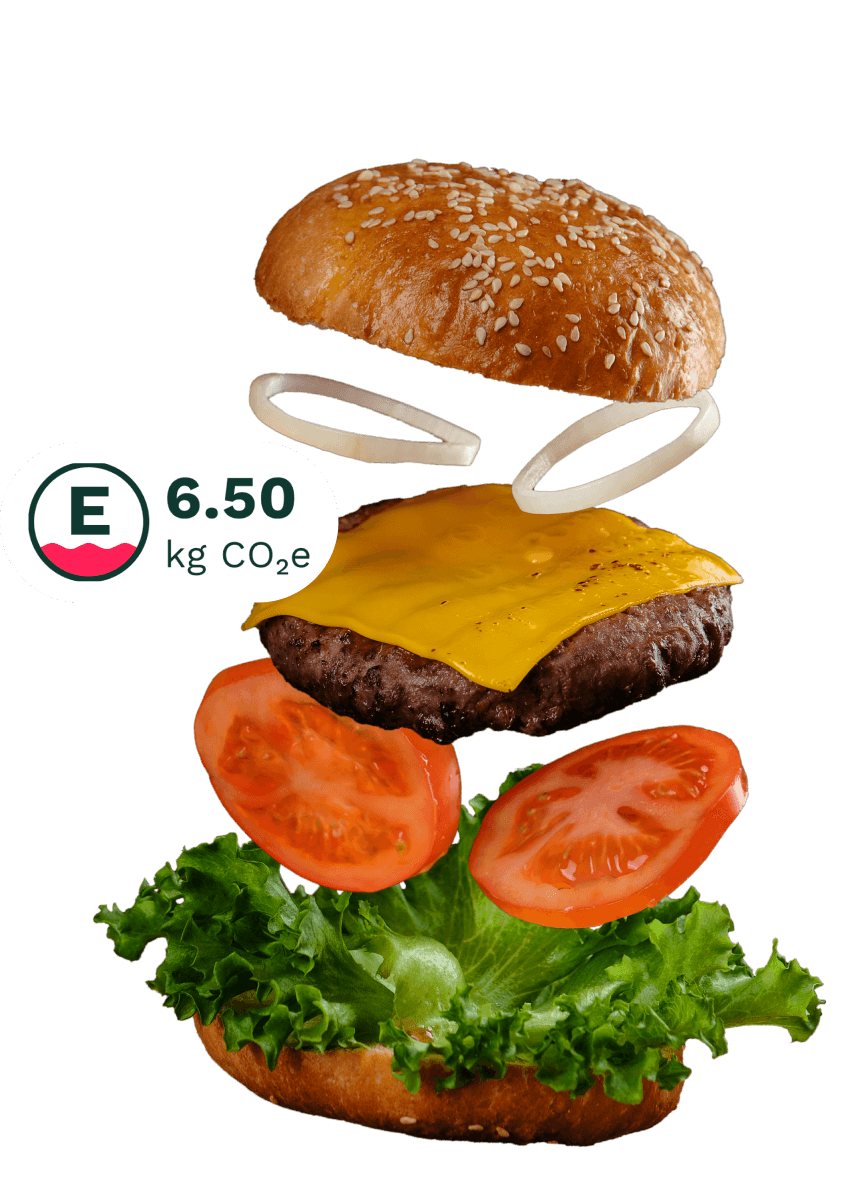Science & Data Behind Klimato’s Carbon Calculations
Our mission is simple: make accurate, science-based emissions data accessible, so every meal, menu, and decision can help reduce food-related climate impact.
At Klimato, science is the backbone of everything we do. Our research-driven approach and verified carbon data power everything we build. From ingredient-level emission factors to Scope 3-ready reporting, Klimato turns complex climate science into practical tools for the food industry.

ENSURING ACCURACY THROUGH SCIENTIFIC PARTNERSHIPS with trusted institutions
We collaborate with trusted research institutions to ensure our methodology stays rigorous,
transparent, and aligned with international standards.
• The Klimato Database is developed by our in-house Science Team and reviewed by the
Swedish Environmental Research Institute (IVL).
• We’re a licensed software and tools partner of the Global Reporting Initiative (GRI), ensuring
full alignment with the GRI Standards for sustainability reporting.
• Our methodology is reviewed and validated by the World Resources Institute (WRI) and is
consistent with the Coolfood Methodology.
• WWF’s One Planet Plate initiative officially approves Klimato as a trusted partner.
These collaborations guarantee that Klimato’s emissions data remains credible, consistent,
and compliant with the GHG Protocol and CSRD data requirements.




The Klimato Database
The Klimato Database is one of the most comprehensive food climate databases in the world, built through a systematic review of peer-reviewed studies, open-source databases, and scientific publications (2009–2023).
Each data point follows the Life Cycle Assessment (LCA) framework (ISO 14040–14044), the gold standard for calculating the carbon footprint of products and services.
For each food item, we calculate emissions in kg CO₂e/kg, covering agricultural production, processing, packaging, transport, and land-use change (LUC)—providing full transparency across Scope 1, 2, and 3 boundaries.
How Food Impacts the Climate
The global food system generates roughly one-third of all greenhouse gas emissions, more than the entire transport sector combined.
Each stage in a food product’s life—from farming and processing to packaging and distribution—contributes to its total carbon footprint. By quantifying these emissions in CO₂ equivalents (CO₂e), Klimato enables food businesses to see and reduce their true climate impact.
This scientific foundation allows Klimato to calculate emissions across Scopes 1, 2, and 3, giving hospitality, catering, and foodservice companies a complete view of their value-chain emissions.

The Klimato labeling system
Every meal deserves clarity. Klimato’s carbon labeling system translates complex data into a simple A–E rating, showing both:
• CO₂e per serving (kg CO₂e/serving)
• Carbon intensity (A–E rating) based on a standardized 400g meal reference.
This makes climate impact visible, comparable, and actionable—whether you’re a caterer, restaurant, or hotel group.
To rate the dishes, we calculate their carbon intensity, that is the CF value of the dish normalized to 400g. Depending on the carbon intensity, the dish is then rated based on the following tiers:
Very Low (A) Carbon intensity < 0.40 kg CO2eLow (B) 0.40 kg CO2e ≤ carbon intensity < 0.90 kg CO2e
Medium (C) 0.90 kg CO2e ≤ carbon intensity < 1.80 kg CO2e
High (D) 1.80 kg CO2e ≤ carbon intensity < 2.60 kg CO2e
Very High (E) carbon intensity ≥ 2.60 kg CO2e

Science-Backed Thresholds
Our five-tier carbon rating system is rooted in the latest climate science and aligned with the Paris Agreement’s 2030 and 2050 targets.
“Very Low” and “Low” ratings correspond to the emission levels compatible with limiting global warming to well below 2°C, while “High” and “Very High” indicate meals exceeding those limits.
Klimato’s thresholds align with the World Resources Institute’s Coolfood Meal framework, providing a transparent benchmark for food businesses worldwide.
Constant Improvement
Science evolves, and so do we. Klimato continuously reviews new climate data and research to ensure our database reflects the most current scientific consensus. By staying aligned with emerging standards like CSRD and ESRS, we help food businesses stay compliant and future-proof.


